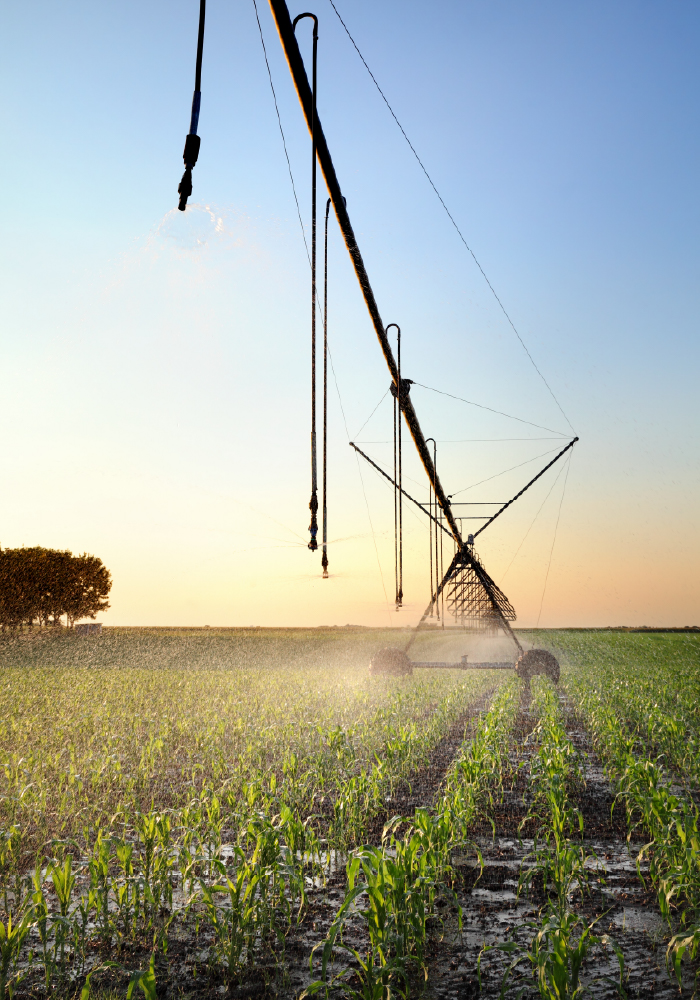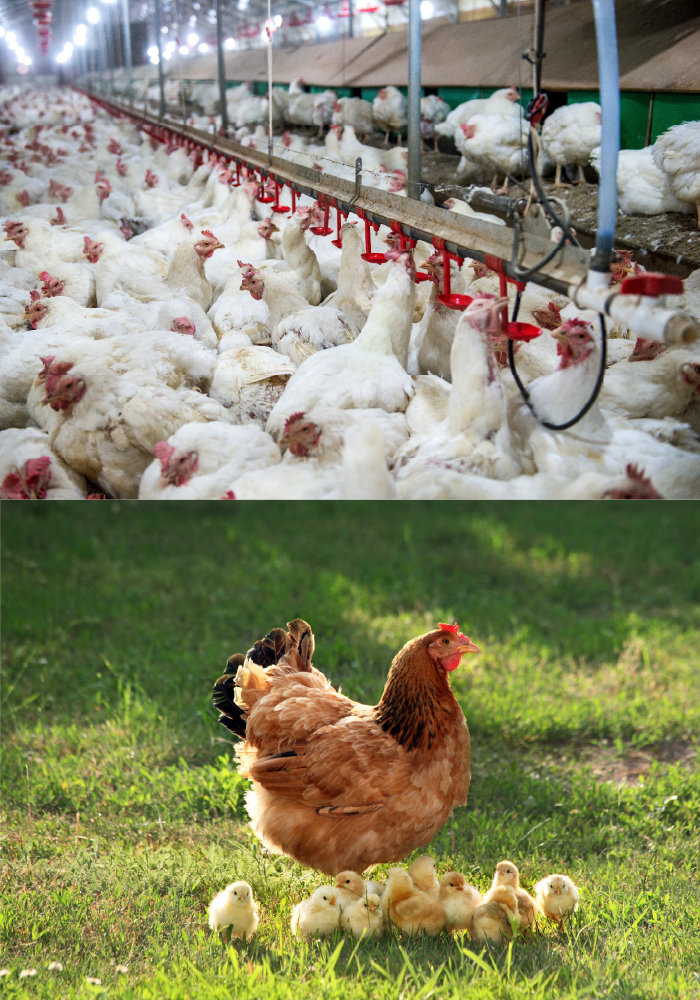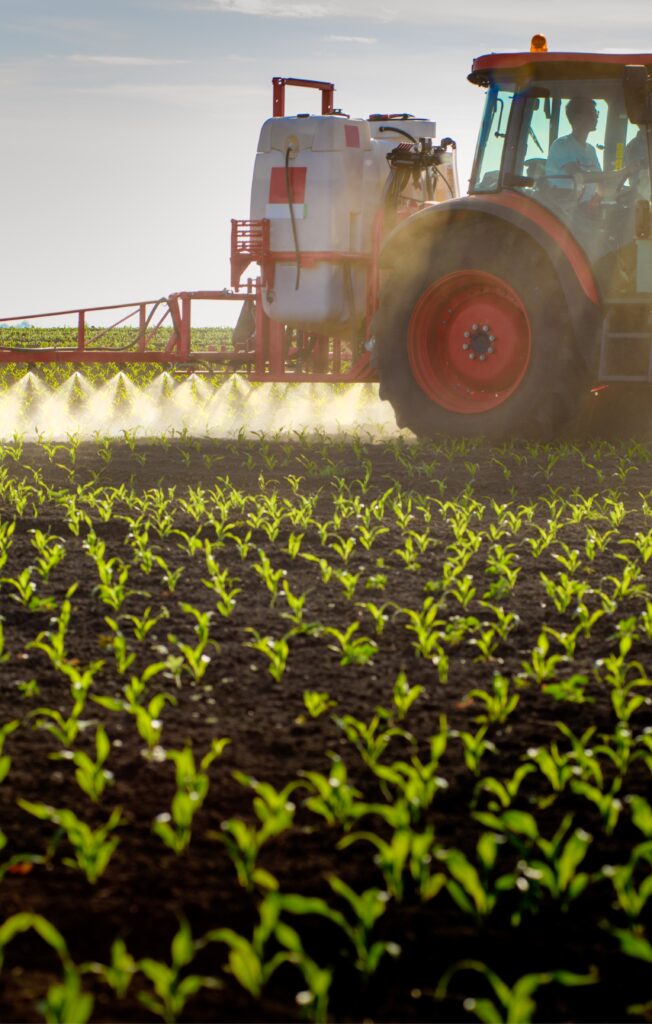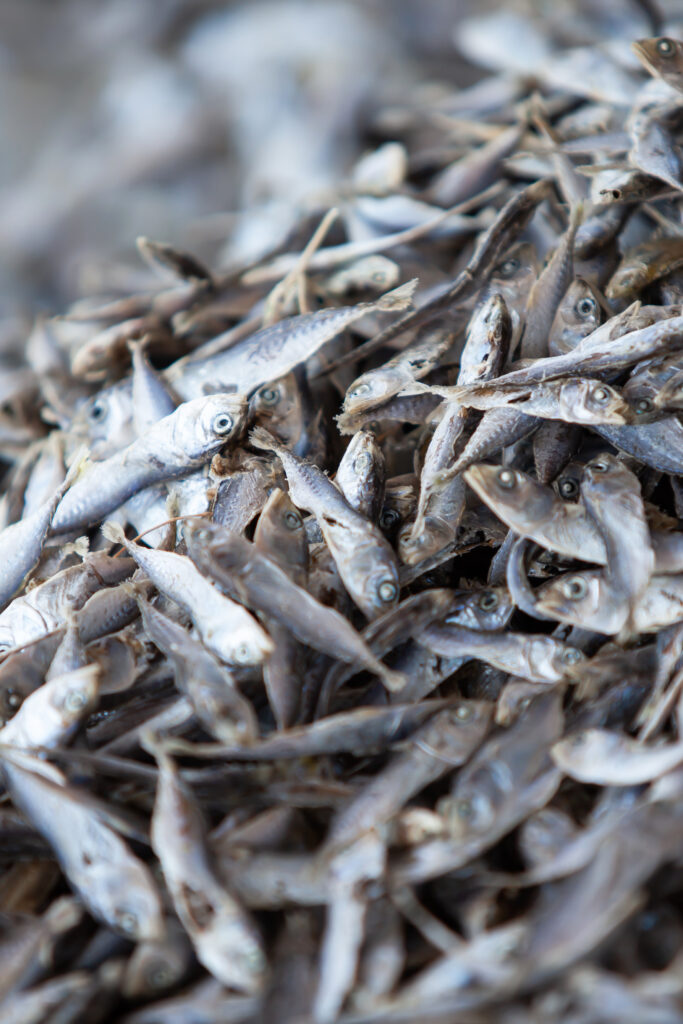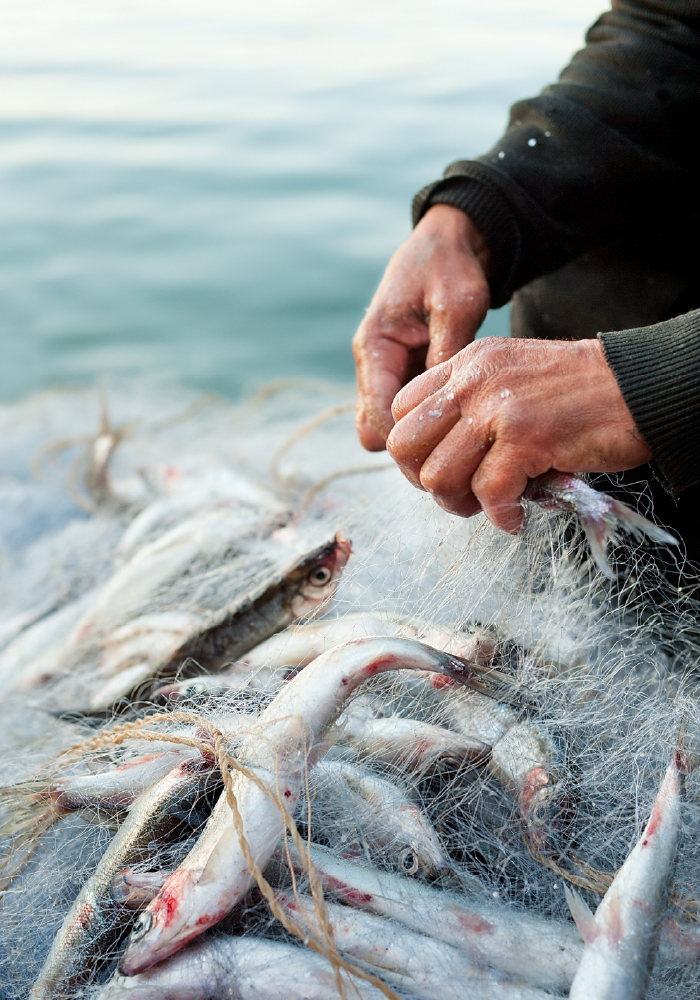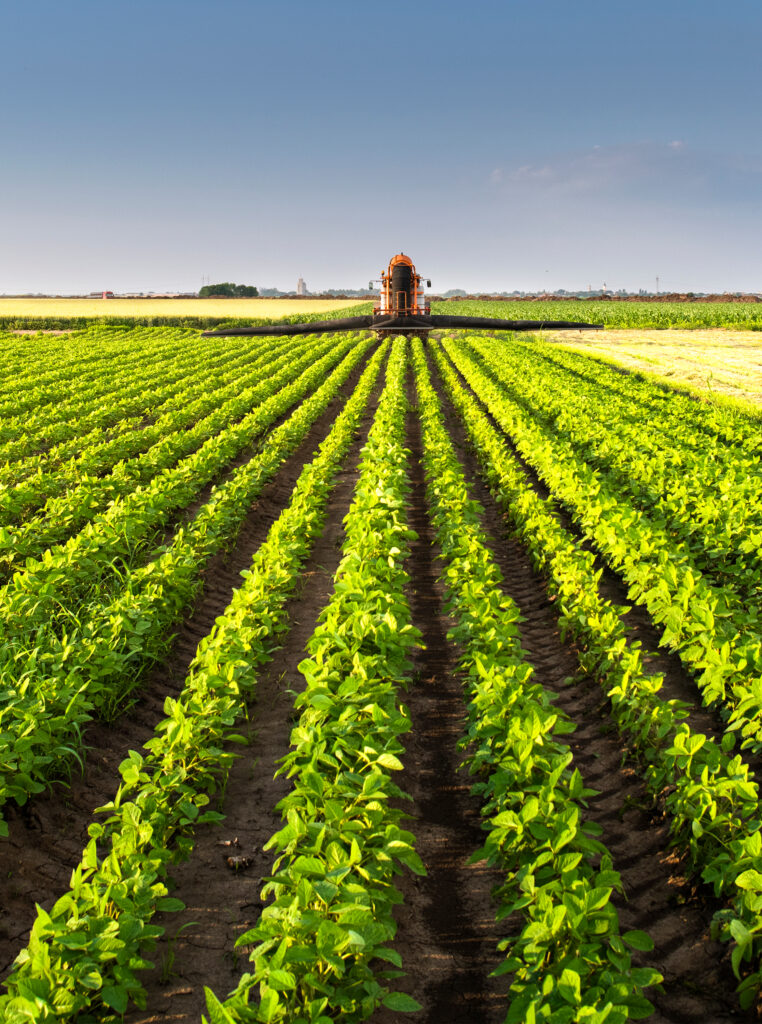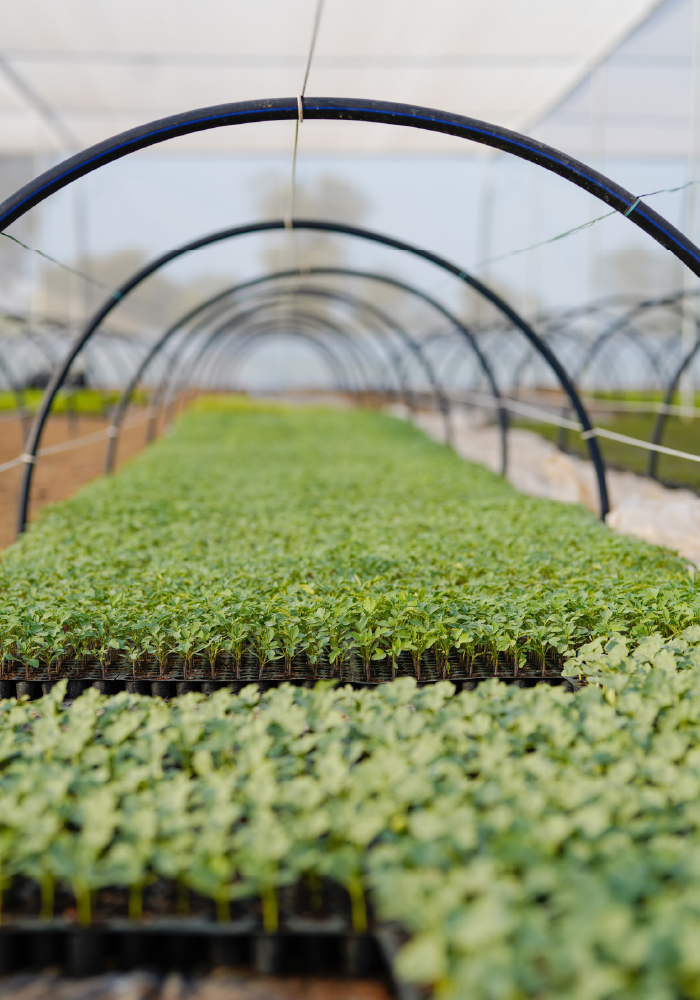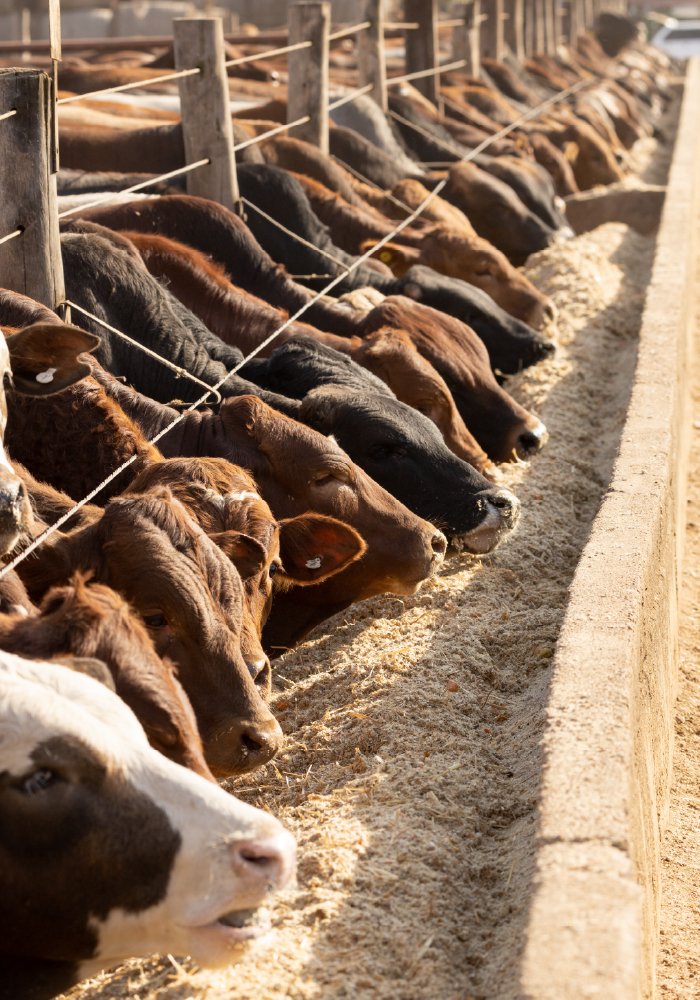
- Back to blog
- 16 May 2023
- Products
Animal Proteins: Tips for More Sustainable Consumption
By choosing the right cuts of meat as well as sustainable farming and production methods, it is possible to significantly reduce the environmental impact of meat consumption. Here are some practical tips..
Eating sustainably without giving up meat is totally possible! To motivate ourselves to change our habits, let's keep in mind that the consumption of animal-based products accounts for 50% of the environmental impact of our diet. This is therefore an area where making the right choices can have a real impact for the good of the planet!
The ECO-SCORE® by Beelong highlights the differences between various meat products each day, comparing them using its unique rating scale for all food products (A+ to E-). This issue concerns both private households and catering or collective catering establishments. So, what levers can you put in place for more sustainable meat consumption? Here are a few simple steps to follow when making food purchases.
1. The frequency and quantity of consumption 🕒🍱
Swiss people consume an average of nine meat-based meals per week. This is at least three times more than the recommended amount! The Swiss Society of Nutrition (SSN) actually advises eating meat products a maximum of 2 to 3 times a week. As for the portion size, it should be reduced to 120g according to the SSN.
There are also various sources of plant-based proteins that can be consumed alternately with animal proteins throughout the week: legumes, peas, beans, etc.
👉 To go further: Swiss Society of Nutrition (vegetarian and vegan nutrition), Nose to Tail (Swiss meat recipes), Association végétarienne de France (plant protein list), Greentopf (vegetarian and vegan recipe book), Swissveg and Hitl (vegetarian and vegan cooking courses), Légumes Suisses and Swiss Farmers' Union (seasonal vegetable calendars in Switzerland), Association Suisse des Diététicien-ne-s ASDD (advice).
2. The type of meat 🐷🐔🐮
The choice of meat type or species matters. Pork or poultry, for example, generally have a much lower impact than beef, veal, or lamb—up to 4.5 times less. This is mainly due to greenhouse gas emissions (CO₂), the water footprint linked to livestock farming, and the amount of land needed to grow animal feed.
For beef, it’s better to choose Swiss meat over imports, as the vast majority of Swiss cattle graze on pasture. The impact of Swiss beef can be up to 25% lower than that of foreign beef fed with soy, which contributes to deforestation, for example.
👉 To go further: WWF (Environmental impacts of different types of diets)
3. The type of cuts 🥩🍗🧆
This is a factor that significantly impacts the ECO-SCORE® by Beelong. If consuming meat, it's better to include lower cuts (such as stewing cuts, offal, snout, etc.), which can have an environmental impact up to 10 times lower than that of premium cuts (like ribeye, tenderloin, etc.). Often, these less popular cuts are also much cheaper! If demand shifted in favor of these cuts and the entire animal was consumed, farmers could raise fewer animals, thereby reducing the environmental impact of livestock farming.
Follow the "Nose to tail" movement, which aims to consume the entire animal; rediscover traditional recipes, which often include less popular or boiled cuts (pot-au-feu, calf's head, blood sausage, etc.); opt for recipes with cooked meat, integrated into dishes (cakes, meatballs, stuffings, etc.), and therefore present in smaller quantities.
👉 To go further: Nose to tail (Swiss Meat Recipes)
4. The farming and production methods 🌱🌄
The conditions of animal housing (animal welfare) and animal feed play a significant role in the environmental impact of animal products. Favoring Swiss meat, which promotes pasture grazing over imported feed and/or deforestation-linked feed like soy, is a first step. Environmentally and animal-friendly labels (Bio Suisse, IP-Suisse, etc.) as well as more respectful farming programs (free-range, SST/ROA) provide additional guarantees.
👉 To go further: Manger avec du cœur (guide)
| Réduire ses coûts en restauration collective En restauration collective, diminuer la consommation de viande et améliorer la durabilité des produits consommés donne l’opportunité de réduire ses coûts, grâce à une fréquence moindre et l’achat de morceaux moins nobles. La qualité s’en trouvera augmentée avec la mise en avant de produits labellisés par exemple. Sans oublier l’apport en faveur de l’éducation de la population, qui mange au moins une fois par semaine dans un restaurant de collectivité. Les cantines sont de plus en plus nombreuses à suivre la tendance de prévoir au minimum un jour par semaine sans viande ni poisson. 👉 To go further: Recommandations pour des achats publics managers in the field of food (critères d’achats, etc.), Quatre Pattes (recommandations restauration collective) |
The Beelong Team






